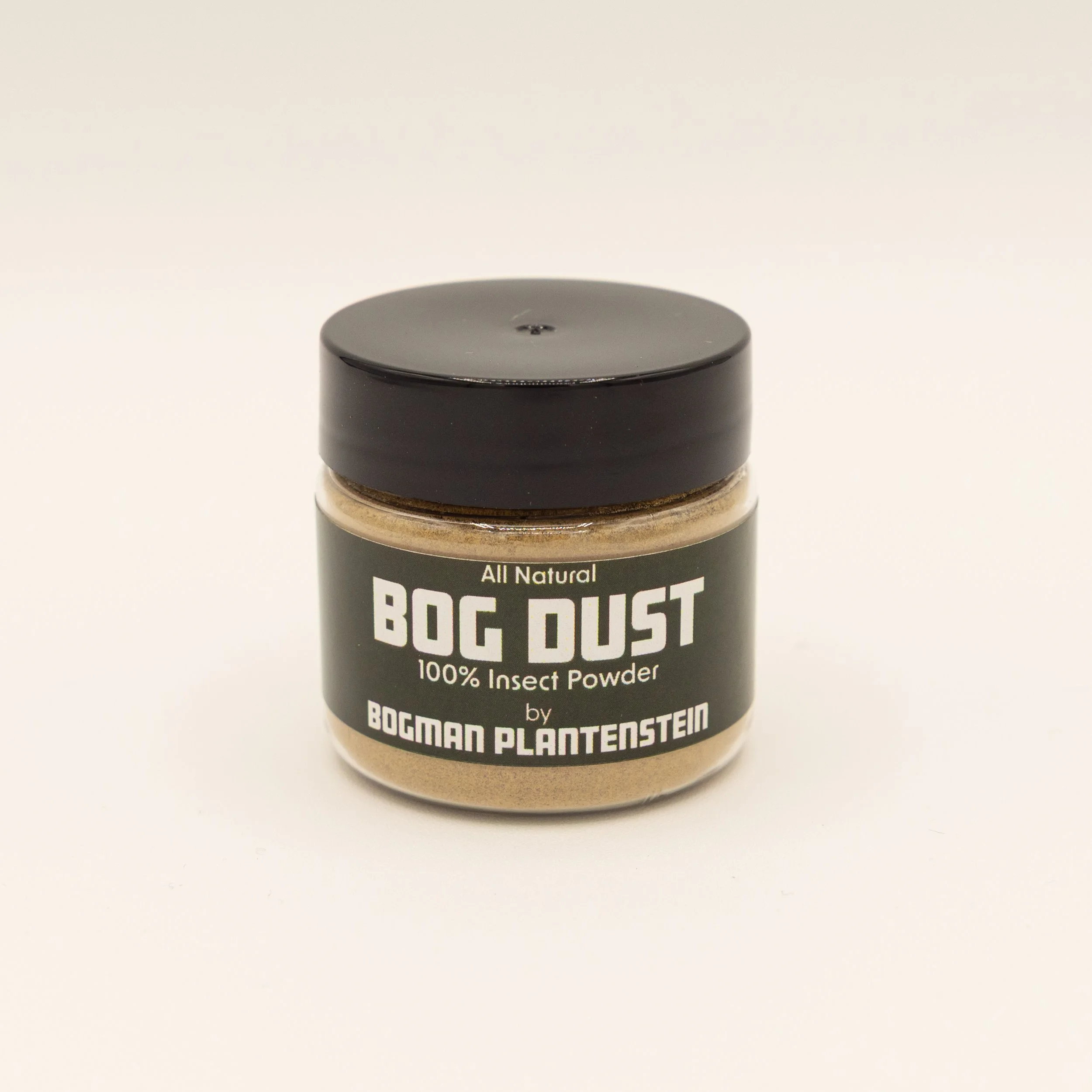 Image 1 of 7
Image 1 of 7

 Image 2 of 7
Image 2 of 7

 Image 3 of 7
Image 3 of 7

 Image 4 of 7
Image 4 of 7

 Image 5 of 7
Image 5 of 7

 Image 6 of 7
Image 6 of 7

 Image 7 of 7
Image 7 of 7








SEEDS - Drosera sessilifolia
Description
Drosera sessilifolia is an attractive species similar to Drosera burmannii, but native to South America instead of SE Asia and Oceania. In cultivation, this form grows with very short petioles, long tentacles, and a light red coloration. It grows rapidly from seed into small rosettes and flowers, producing seeds then slowly declining and dying within roughly a year (as an annual). Drosera sessilifolia has incredible “snap tentacles” which are extra long and non-dewy tentacles at the margins of the leaf. When touched, these will bend in half to push the prey into the stickier part of the leaf within a few seconds. The rosettes will grow to around 3/4” in diameter with flowers that are a pale pink and readily self-pollinate.
Drosera sessilifolia is a mysterious species found in exposed, wet, and sandy soils in Brazil, Guyana, and Venezuela. In the wild, it appears to have rounder lamina and wider petioles than the closely related Drosera burmannii, however in cultivation it can appear more compact and hard to distinguish. Feeding is essential for the rapid growth and health of short-lived species. Seeds are easy to germinate without special treatment, but can vary in germination time (seasonal annuals want to wait until the next favorable season before germinating). Some forms may take several months to germinate so patience is key.
I previously had this labeled as Drosera burmannii “sessilifolia” but have revised it upon re-consultation with experts who note that it is the true sessilifolia. My plants originated from ICPS seed as Drosera sessilifolia circa 2022.
Packs will have 30+ seeds.
Growing Information
Climate: Temperatures from 50-95F, all humidity levels.
Light: Full Sun or 20W per sq ft LED light.
Water: Distilled or Reverse Osmosis water. Sitting in 1” of water using tray method. Only use distilled, reverse osmosis, or rainwater because tap water is toxic to carnivorous plants due to high mineral content and chlorine.
Soil: 50% Peat Moss: 50% Perlite/Sand. Rinse media with distilled or reverse osmosis water to remove excess salts.
Feeding: Feed leaves with Insect Powder every couple weeks or so. Can also be lightly sprayed with foliar fertilizer at 400 ppm.
Description
Drosera sessilifolia is an attractive species similar to Drosera burmannii, but native to South America instead of SE Asia and Oceania. In cultivation, this form grows with very short petioles, long tentacles, and a light red coloration. It grows rapidly from seed into small rosettes and flowers, producing seeds then slowly declining and dying within roughly a year (as an annual). Drosera sessilifolia has incredible “snap tentacles” which are extra long and non-dewy tentacles at the margins of the leaf. When touched, these will bend in half to push the prey into the stickier part of the leaf within a few seconds. The rosettes will grow to around 3/4” in diameter with flowers that are a pale pink and readily self-pollinate.
Drosera sessilifolia is a mysterious species found in exposed, wet, and sandy soils in Brazil, Guyana, and Venezuela. In the wild, it appears to have rounder lamina and wider petioles than the closely related Drosera burmannii, however in cultivation it can appear more compact and hard to distinguish. Feeding is essential for the rapid growth and health of short-lived species. Seeds are easy to germinate without special treatment, but can vary in germination time (seasonal annuals want to wait until the next favorable season before germinating). Some forms may take several months to germinate so patience is key.
I previously had this labeled as Drosera burmannii “sessilifolia” but have revised it upon re-consultation with experts who note that it is the true sessilifolia. My plants originated from ICPS seed as Drosera sessilifolia circa 2022.
Packs will have 30+ seeds.
Growing Information
Climate: Temperatures from 50-95F, all humidity levels.
Light: Full Sun or 20W per sq ft LED light.
Water: Distilled or Reverse Osmosis water. Sitting in 1” of water using tray method. Only use distilled, reverse osmosis, or rainwater because tap water is toxic to carnivorous plants due to high mineral content and chlorine.
Soil: 50% Peat Moss: 50% Perlite/Sand. Rinse media with distilled or reverse osmosis water to remove excess salts.
Feeding: Feed leaves with Insect Powder every couple weeks or so. Can also be lightly sprayed with foliar fertilizer at 400 ppm.


